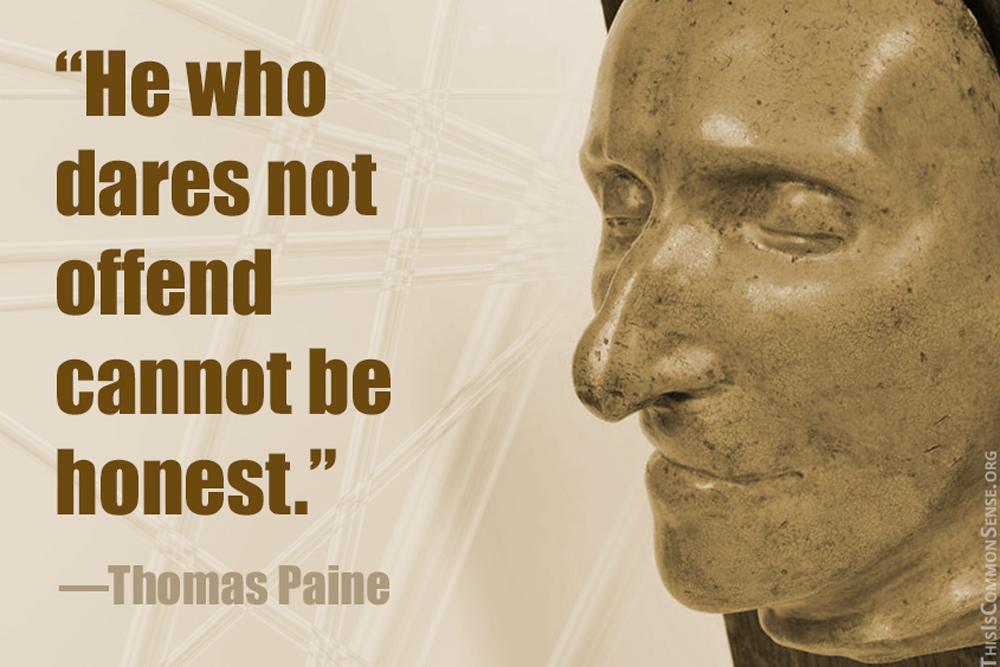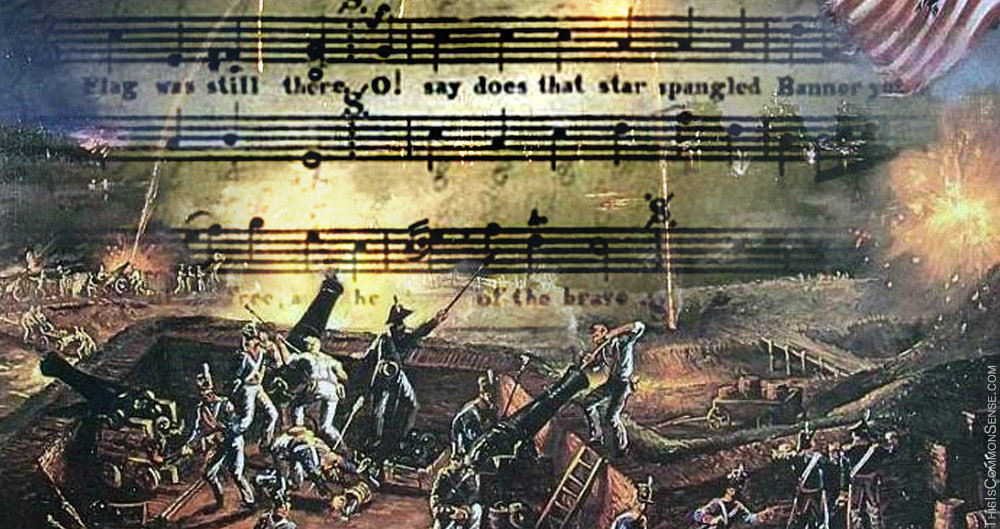The ghost of Thomas Paine is suing Instagram and Facebook.
Mr. Paine, the eloquent champion of the American Revolution who penned such zeitgeist-capturing volumes as Common Sense, The American Crisis, and The Rights of Man, is going to court to protest the indignity that these social-media forums recently inflicted upon his spirit by censoring his statement that “He who dares not offend cannot be honest.”
The statement comes from an op-ed Paine published in the April 24, 1776 issue of the Pennsylvania Journal: “Cato’s partizans may call me furious; I regard it not. There are men too, who, have not virtue enough to be angry, and that crime perhaps is Cato’s. He who dares not offend cannot be honest.”
Mr. Paine seems to be saying that persons of craven mettle often eschew the challenge of being standard-bearers of truth, especially when controversial matters are involved. Articulating such views forthrightly tends to offend — somebody.
The particular mentalities of censorious Facebook flunkies and algorithms are new to Mr. Paine, of course. But he is ready to fight.
“Tyranny, like hell, is not easily conquered,” he declares when asked to assess his prospects, “yet we have this consolation with us, that the harder the conflict, the more glorious the triumph. What we obtain too cheap, we esteem too lightly. . . . [I]t would be strange indeed if so celestial an article as FREEDOM should not be highly rated.”
If that be hate speech, Mr. Paine seems to suggest, make the most of it.
This is Common Sense. Happy New Year! I’m Paul Jacob.
—
See all recent commentary
(simplified and organized)








